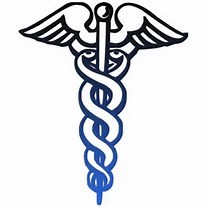The latest data released by the National Cancer Institute (NCI) reveals that Chattooga County has an age-adjusted cancer incidence rate of 15.0 cases per 100,000 people for all cancer types. This means that approximately 15 new cancer cases are diagnosed each year for every 100,000 residents in the county. While this figure paints a general picture of cancer occurrence in the region, it’s important to consider it within the context of broader trends affecting rural Georgia.
A study by the National Institutes of Health (NIH) has indicated that rural counties in Georgia, including Chattooga, often experience higher overall cancer mortality rates compared to urban areas. The study also highlighted the prevalence and higher mortality associated with specific cancers like lung, colorectal, prostate, and cervical cancers in these rural communities. Further research points to disparities within these rural areas. A report by the City of Hope suggests that Black residents in rural Georgia face disproportionately higher mortality rates from specific cancers, including prostate, cervical, and oral cancers.
These concerning trends are often linked to a complex interplay of factors. A Nature publication links lower median household income and limited access to healthy foods as contributing factors to cancer “hot spots” in rural Georgia. Furthermore, a report from the Cancer Research Institute emphasizes that limited access to specialized oncological care and significant transportation challenges hinder residents’ ability to receive timely and effective treatment. The lack of public transportation and the long distances to healthcare facilities pose substantial barriers to accessing the necessary cancer care.
These findings underscore the need for increased awareness, improved access to healthcare, and targeted interventions to address the disparities in cancer outcomes for residents of Chattooga County and other rural communities in Georgia. Addressing socioeconomic factors and improving access to early detection, prevention, and treatment are crucial steps towards reducing the burden of cancer in these vulnerable populations.








Comments